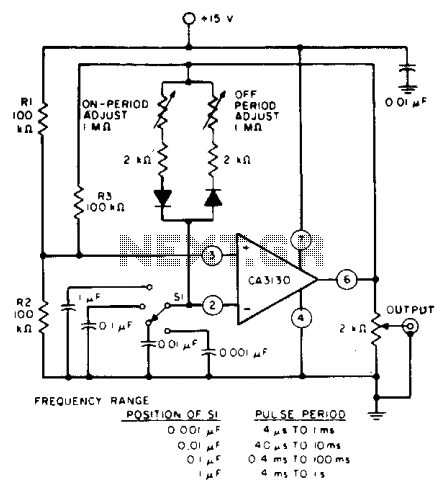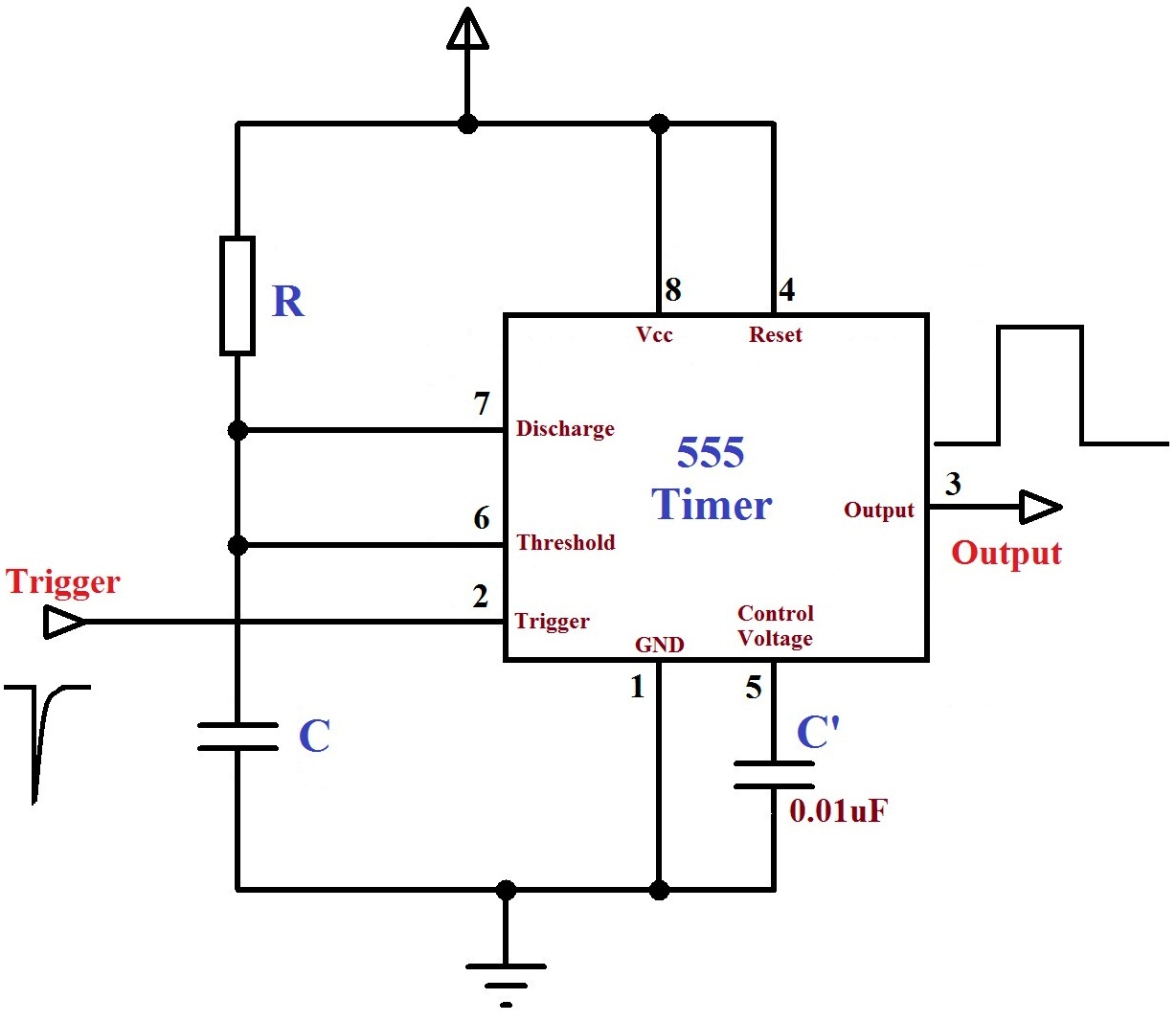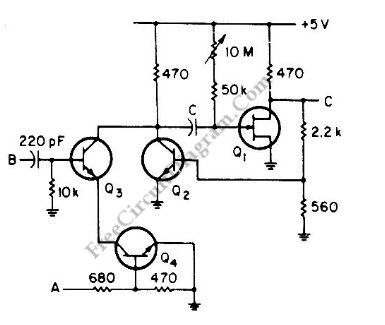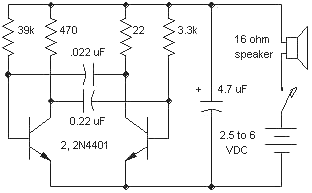
Astable multivibrator IIV

The circuit features independent control of "ON" and "OFF" periods and employs the CA3130 BiMOS operational amplifier for various applications, including filters, oscillators, and long-duration timers. It operates with an input current of 50 pA, allowing oscillators to utilize large resistor and small capacitor combinations without experiencing loading effects.
The described circuit leverages the unique characteristics of the CA3130 BiMOS operational amplifier, which combines the advantages of both bipolar and CMOS technologies. This integration facilitates low input bias currents, making it particularly suitable for applications that require high impedance and minimal loading on the preceding stages.
The independent control of "ON" and "OFF" periods is essential for applications such as pulse-width modulation (PWM) and timer circuits, where precise timing and control of signal duration are critical. The CA3130's ability to operate effectively at very low input currents (50 pA) allows for the use of large resistors and small capacitors in the timing networks. This combination minimizes the loading effects that can occur in traditional circuits, where larger capacitors may introduce significant delays or distortions.
In the oscillator configuration, the circuit can be designed to produce stable waveforms across a range of frequencies. The choice of resistor and capacitor values will determine the frequency of oscillation, while the CA3130's low noise characteristics ensure that the output signal remains clean and free from unwanted artifacts. Filters can also be implemented using the CA3130, allowing for the design of active filters that maintain signal integrity while providing the desired frequency response.
Overall, the circuit's design principles emphasize flexibility and precision, making it suitable for various electronic applications that demand reliable performance over extended periods. The use of the CA3130 BiMOS op amp enhances the circuit's capability to manage low-power operations while ensuring high performance in timing and filtering applications.The circuit with independent control of "ON" and "OFF" periods uses the CA3130 BiMOS op amp for filters, oscillators, and long-duration timers. With input current at 50 pA, oscillators can utilize large-resistor/small-capacitor combinations without loading effects.
The described circuit leverages the unique characteristics of the CA3130 BiMOS operational amplifier, which combines the advantages of both bipolar and CMOS technologies. This integration facilitates low input bias currents, making it particularly suitable for applications that require high impedance and minimal loading on the preceding stages.
The independent control of "ON" and "OFF" periods is essential for applications such as pulse-width modulation (PWM) and timer circuits, where precise timing and control of signal duration are critical. The CA3130's ability to operate effectively at very low input currents (50 pA) allows for the use of large resistors and small capacitors in the timing networks. This combination minimizes the loading effects that can occur in traditional circuits, where larger capacitors may introduce significant delays or distortions.
In the oscillator configuration, the circuit can be designed to produce stable waveforms across a range of frequencies. The choice of resistor and capacitor values will determine the frequency of oscillation, while the CA3130's low noise characteristics ensure that the output signal remains clean and free from unwanted artifacts. Filters can also be implemented using the CA3130, allowing for the design of active filters that maintain signal integrity while providing the desired frequency response.
Overall, the circuit's design principles emphasize flexibility and precision, making it suitable for various electronic applications that demand reliable performance over extended periods. The use of the CA3130 BiMOS op amp enhances the circuit's capability to manage low-power operations while ensuring high performance in timing and filtering applications.The circuit with independent control of "ON" and "OFF" periods uses the CA3130 BiMOS op amp for filters, oscillators, and long-duration timers. With input current at 50 pA, oscillators can utilize large-resistor/small-capacitor combinations without loading effects.





